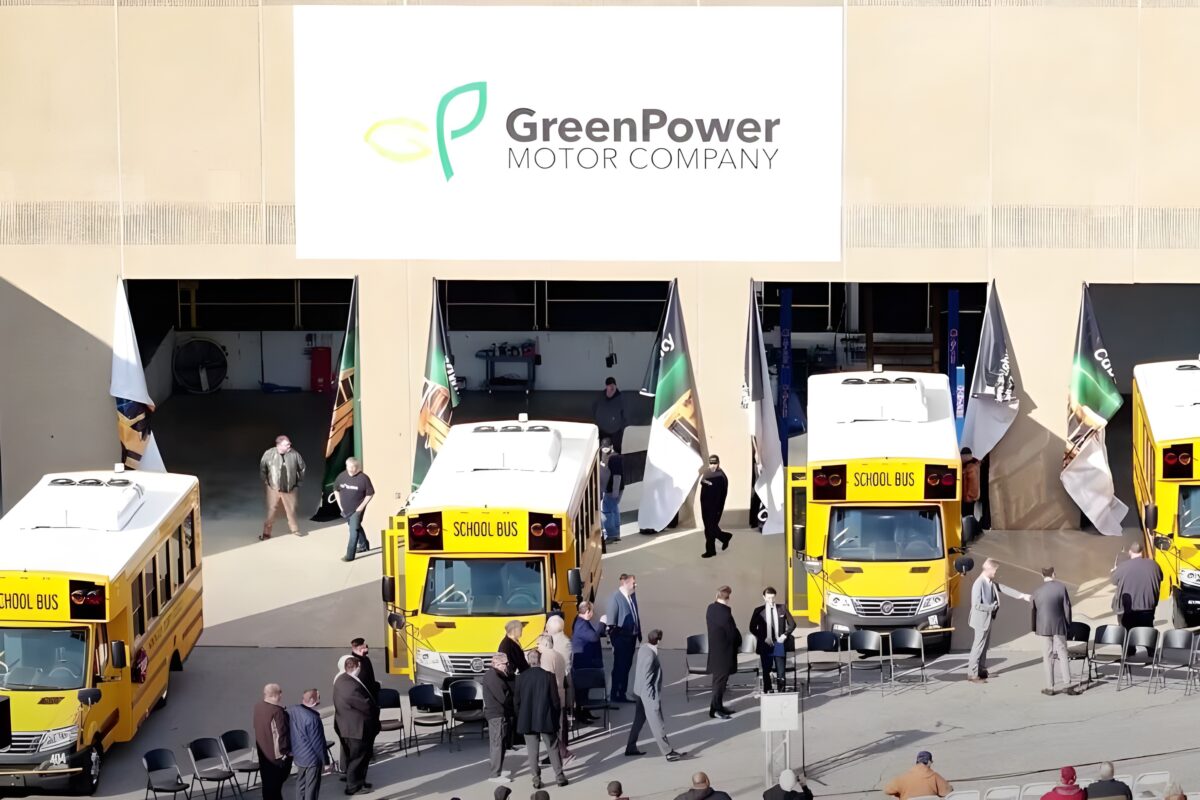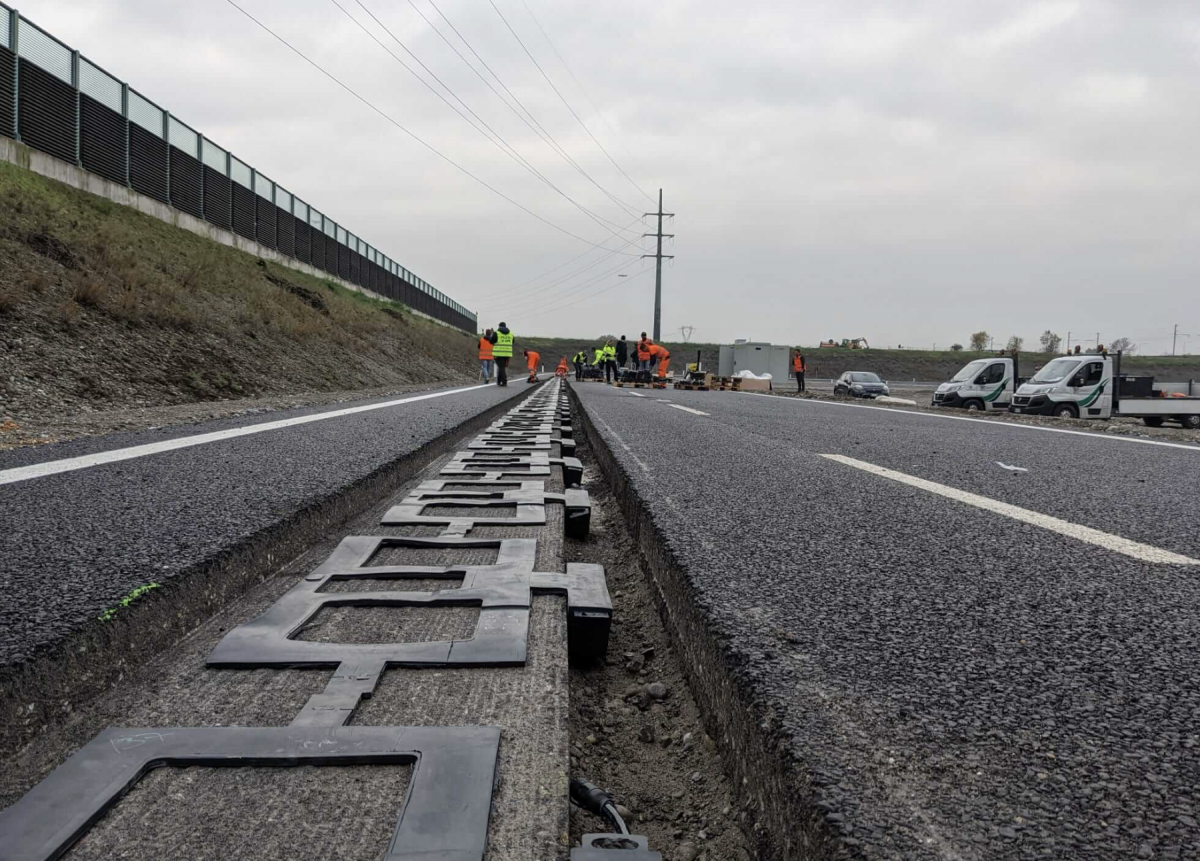Transportation is being transformed by everything from artificial intelligence and advanced propulsion technologies to evolving travel patterns and innovative business models. As a result, some may be tempted to perceive buses as the large, lumbering, soon-to-be-extinct dinosaurs of the public transit world.
By contrast, most of the industry’s global thought leaders predict the opposite: buses, which account for half of all public transit trips, will remain the backbone of a multimodal, interconnected lifestyle.
In cities across the US and around the world, the future of transit bus service isn’t just viable; along with rail, it is the essential connective tissue that will ensure communities are thriving without driving.
What do buses bring to big cities and small towns?
Take a stroll through Dallas, Texas, Portland, Oregon, Lawrenceville, Georgia or St. Cloud, Minnesota, and you’ll experience a uniquely American desire to rethink, reimagine, and reinvent mobility from the perspective of the customer, with modern buses playing a central role today—and for tomorrow.
Redesigned bus networks are providing a new foundation for mobility in today’s metro-economies, with more frequent, connecting, and efficient service. More rapid bus service—in a variety of forms including bus rapid transit (BRT)—is helping to maintain and even increase ridership by adding station amenities, improving route frequency and capacity, and in some cases providing dedicated lanes for buses to avoid traffic.
Some may be tempted to perceive buses as the large, lumbering, soon-to-be-extinct dinosaurs of the public transit world. By contrast, most of the industry’s global thought leaders predict the opposite
Microtransit, an on-demand service for all, offers flexible routes and schedules as an alternative to conventional fixed-route bus service. It matches demand and supply, thereby extending transit’s efficiency and accessibility, particularly in low-density areas, during late night hours, and for special needs customers. In addition, both vehicles and stations embody cutting edge technologies. For passenger convenience, there is Wi-Fi, mobile fare payment, bike racks, and real-time signage and trip planning data that tell customers the best travel route and mode. To advance safety, there are onboard cameras and collision avoidance systems.
Increased use of low- or zero-emissions buses, predictive maintenance systems, and connected/automated features are helping public transit agencies to deliver greater efficiency and more benefits to the communities they serve. One example is the dramatic shift in bus fleets: in 2018, more than 21% of US transit buses were powered by electric or hybrid engines (compared to less than 2% of automobiles). A decade earlier, only about 4% of buses were hybrid or electric.
A key element of the solution
Partnerships will be increasingly important moving forward. Today, public transit systems are stronger as a result of their alliances with ride-share and bike-share services that better connect customers with transit, or in some cases, provide affordable mobility where transit is not available. That trend will continue.
So too will the world’s fascination with automation, which some predict will lead to a common set of standards, policies, and vocabulary for public transit agencies, other types of mobility service providers, and automakers. They all need to share the same roads. In fact, Mobility as a Service (MaaS) is being embraced—both as a concept and a business model—by automakers and public transit systems alike. Both sectors are looking for new ways to gain or retain customers and increase revenue through MaaS, and this could present an opportunity for greater collaboration between the traditionally separated bus and car worlds.
There is an abundance of creativity and inventive experimentation underway in public transportation in the US and around the world. From subscription travel services and the bundling of public and private modes, to apps that cover the entire passenger experience from planning to payment, the focus is on today’s customer. Why is this so critical? Because the number of people inhabiting the world’s major urban centers will expand dramatically; in the next 30 years, the US population is projected to reach nearly 440 million (up from 328 million today), and more than 22% of those individuals will be age 65 or older (up from 15% today).
Buses and other modes of public transit are the only feasible solution to the challenges presented by population growth and demographic changes.
Buses and other modes of public transit are the only feasible solution to the challenges presented by population growth and demographic changes. There is simply no more cost-efficient or time-efficient way to serve all citizens, regardless of their socio-economic standing in society, and to move large numbers of people through densely-populated areas.
And as shared, self-navigating, autonomous minibus and bus services become more widespread in the coming years, the cost of travel is expected to decrease and the benefits to riders, the environment, and public health and safety will grow. We’re already seeing this kind of potential in pilot programmes that carry riders to specific work locations or health care facilities.
Of course, to write the next chapter for the future of bus service, the public transportation sector needs adequate resources from the local, state/provincial, and national levels, and in some cases, the private sector. It is why advocates for new mobility solutions are educating public officials and legislators about the critical need for investment in modern infrastructure, technology, skills training, and greater experimentation.
The ‘new’ shared mobility
As an industry, public transportation must always be eager to learn from other sectors around the world. Toward that end, APTA created a public-facing Mobility Innovation Hub to serve as a clearinghouse for the best practices by large and small public transportation agencies around the globe. There’s a great deal to celebrate already—and more to come.
As shared, self-navigating, autonomous minibus and bus services become more widespread in the coming years, the cost of travel is expected to decrease and the benefits to riders, the environment, and public health and safety will grow
The public transportation industry is expanding access to mobility choices to help people connect to the things they need, love, and aspire to achieve. Changes in transit bus services, strategies and infrastructure are reducing energy use, pollution, operating costs, headway times, and even barriers for many passengers.
Operators, designers, manufacturers, and technicians are demonstrating a willingness every day to try new approaches, model a spirit of continuous improvement, and invent ways to delight their customers. That’s the way to be essential and future-ready. Welcome to the new shared mobility, courtesy of your local transit bus system.
This article appeared in the Q4 2019 issue of M:bility | Magazine. Follow this link to download the full issue.



